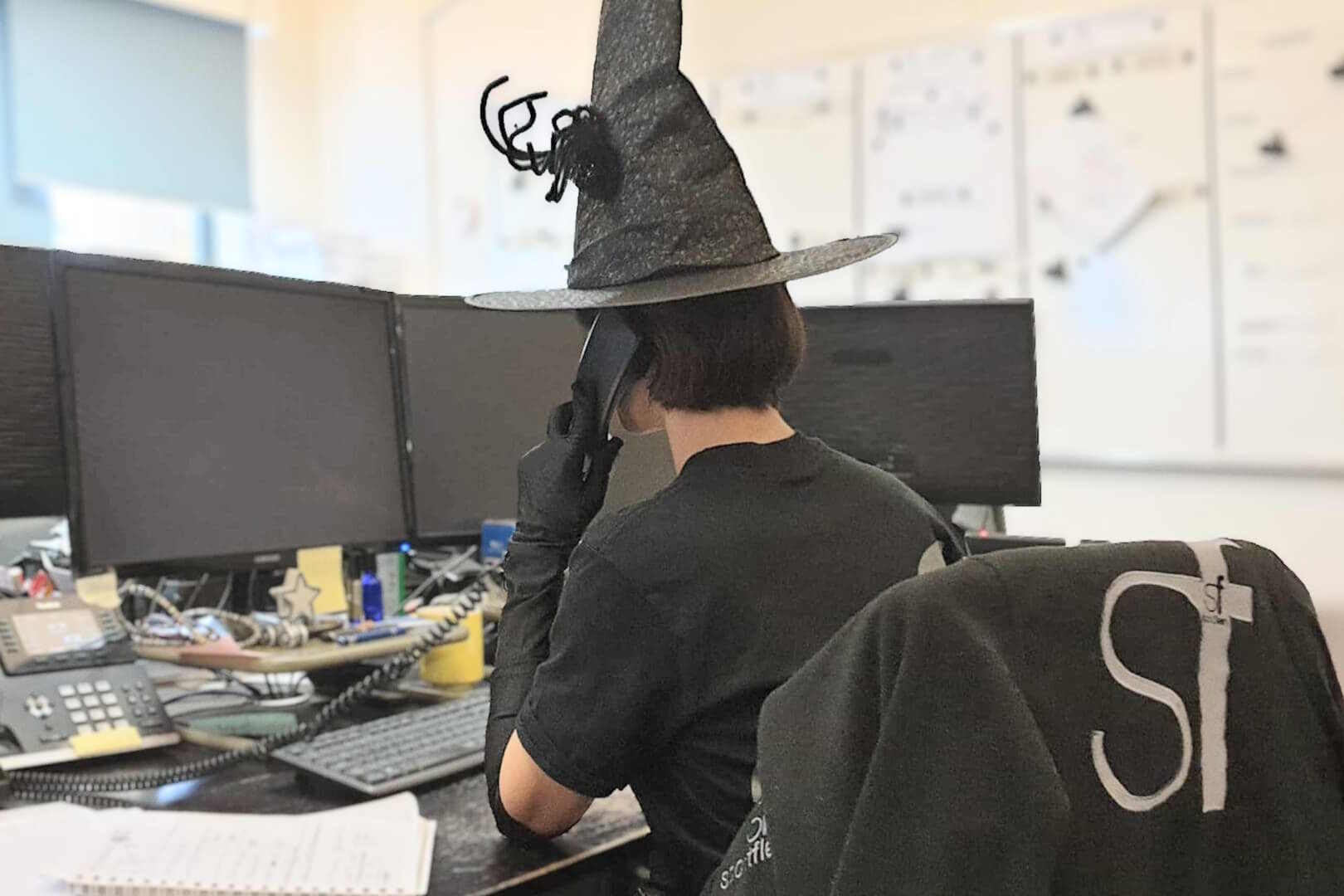Artist ‘Allison “Hueman” Torneros’ uses Epson’s Projection Technology to explore the human identity
Artist ‘Allison “Hueman” Torneros’ uses Epson’s Projection Technology to explore the human identity
The art world has never been shy when it comes to exploring vital themes, such as human identity. And in recent years the number of tools available to do this with has expanded exponentially. Today, the most creative artists are working with mixed media to push the boundaries of the digital and physical and create experiences unlike anything seen before. Allison Hueman is one artist doing exactly that – she used Epson LightScene and Pro Series projectors across three installations, working with the technology to add dynamic projection mapping so that viewers have a 360-experience of her work.
Homebody
Hueman’s project was a collaboration with production designer Craig Winslow – named Homebody – that was made up of a 20,000 sq ft immersive experience exploring ideas of identity within the self and the larger community. It consisted of original artwork (e.g. murals and portraits) that was displayed through augmented reality and projection mapping. Thanks to projection technology it was possible to really push the boundaries between the physical and the digital and focus on key elements, such as storytelling. The Homebody project was shown at Ciel Creative Space in Berkeley and set across an entire city block.
Identity in a post-COVID world
The pandemic has been an unprecedented moment in human history and the motivation of Homebody was to explore the idea of identity in this once-in-a-lifetime context. The way we look at ourselves, and each other, has obviously been impacted by the collective experience of the virus and lockdowns, and the installation explored this by bringing together the figurative and the abstract in a fully immersive 360-degree experience. The technology played a vital part in allowing the artist to explore various themes of light, colour, space and transparency.
The 3 components of Homebody
Hueman’s Homebody explored ideas of identity through three key installations, each of which leveraged technology to help bring these ideas to life:
- Isolation. This part looked at the way bodies and identities interact and, in particular, how this relationship is affected by devices. It included project-mapped animation projected onto large pieces of hanging fabric.
- Collaboration. The theme here was the various ways we found to connect during the most isolated moments of the pandemic. The whole space was engulfed in project-mapped images looking at the way that human identity has transformed over the centuries.
- Chrysalis. The final part of the exhibition was designed around the idea of positive change over time. A feeling of rebirth was achieved with projected cloud murals designed to deliver a sunrise to sunset type experience. In the centre of this part of the experience was a large bust with an inverted face surrounded by organza hangings.
The Homebody project showed just how much projection technology can add to an immersive experience like this. It gave flight to the artist’s unbridled creativity and demonstrated how much technology has to offer when it comes to bring ideas and art to life.
Still Have Questions?
Our friendly team is here to help you out.

